NUR322 Presentation: Gillick Competency and Amira's Case Study
VerifiedAdded on 2022/08/23
|5
|796
|17
Presentation
AI Summary
This presentation delves into the critical aspects of child and family-centered care, specifically addressing the Gillick competency through the case of Amira, a 13-year-old Syrian refugee refusing treatment for acute appendicitis. The presentation aims to compare and contrast child-centered and family-centered care practices in pediatric nursing, analyzing the implications of Gillick competency. It examines the lack of standardized measurements for assessing a child's maturity and the influence of clinical issues, health literacy, and cultural factors on decision-making. The presentation emphasizes the nurse's professional and legal obligations to consider multiple perspectives, advocating for adherence to philosophical principles like deontology and professional nursing standards. It concludes with recommendations for evidence-based decisions, advocating for the integration of professional practice codes and philosophical models to ensure comprehensive and ethical care for patients like Amira.
1 out of 5
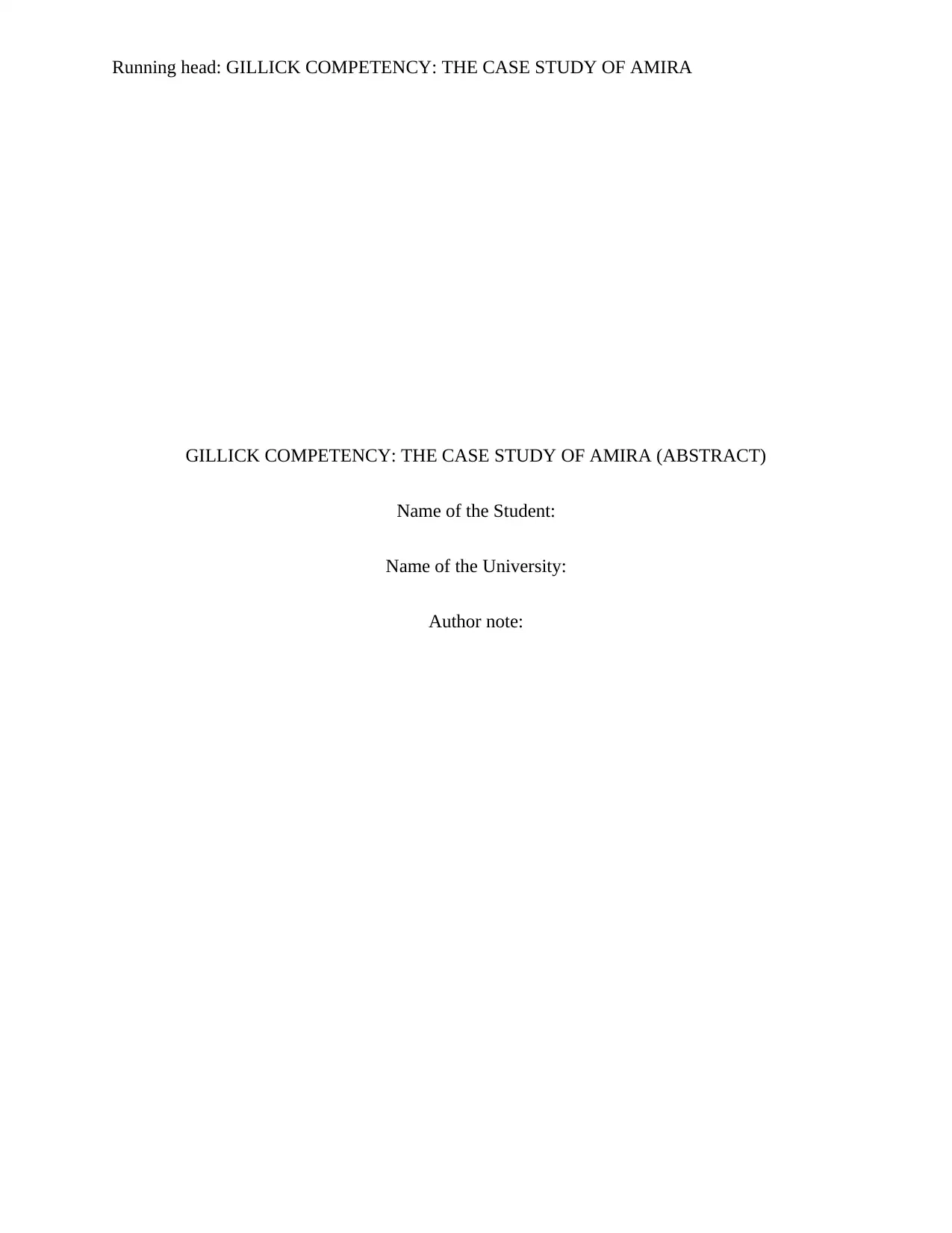
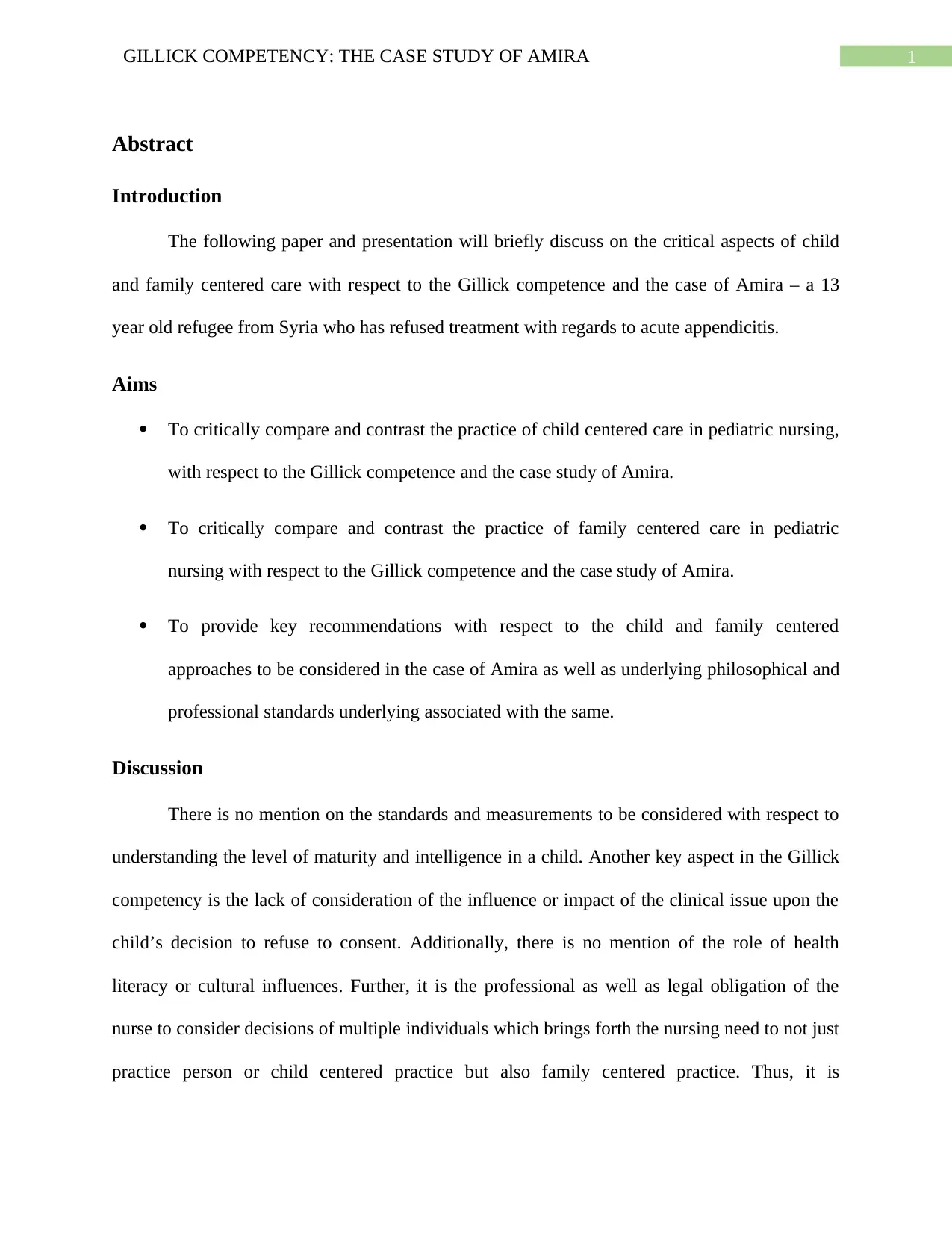
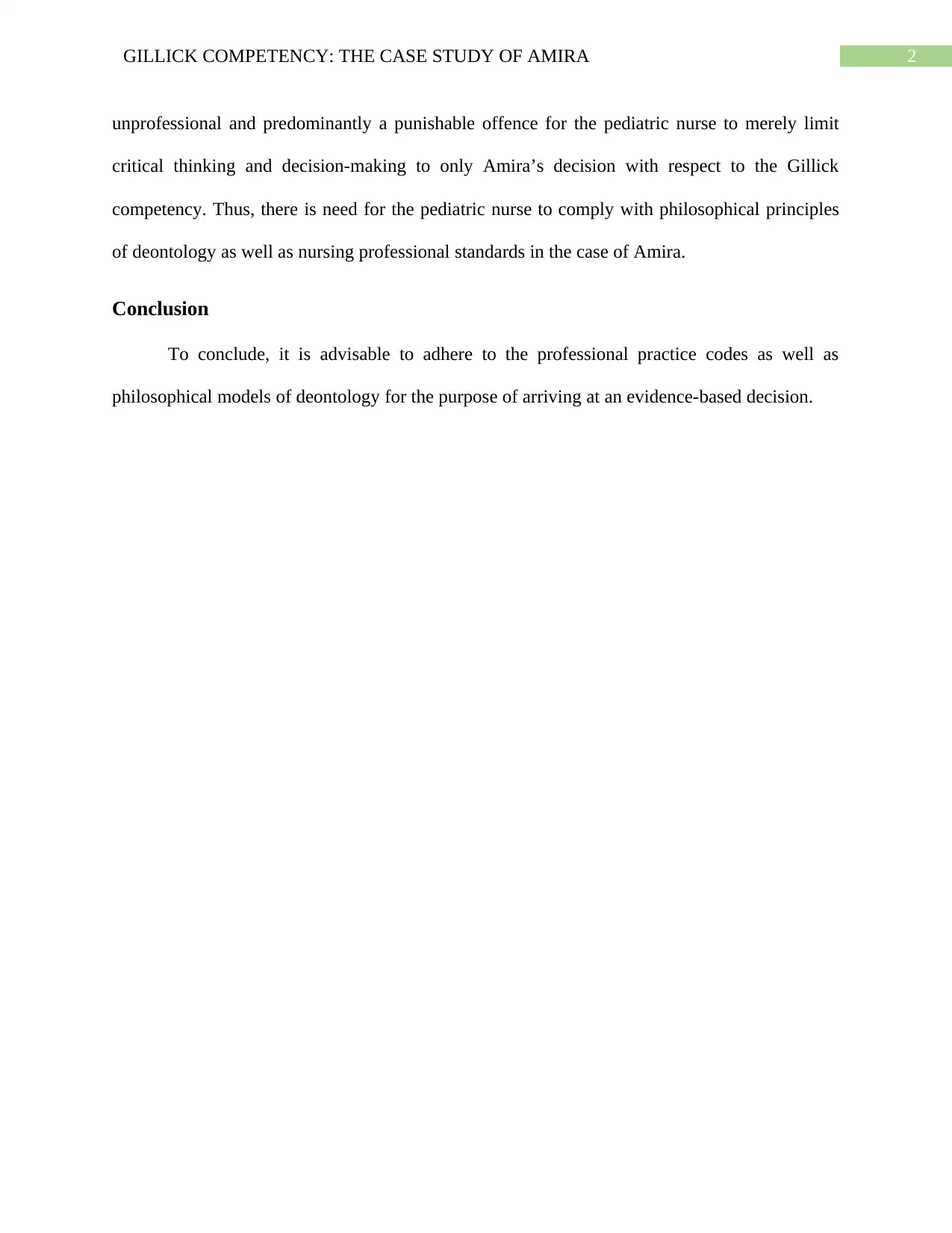

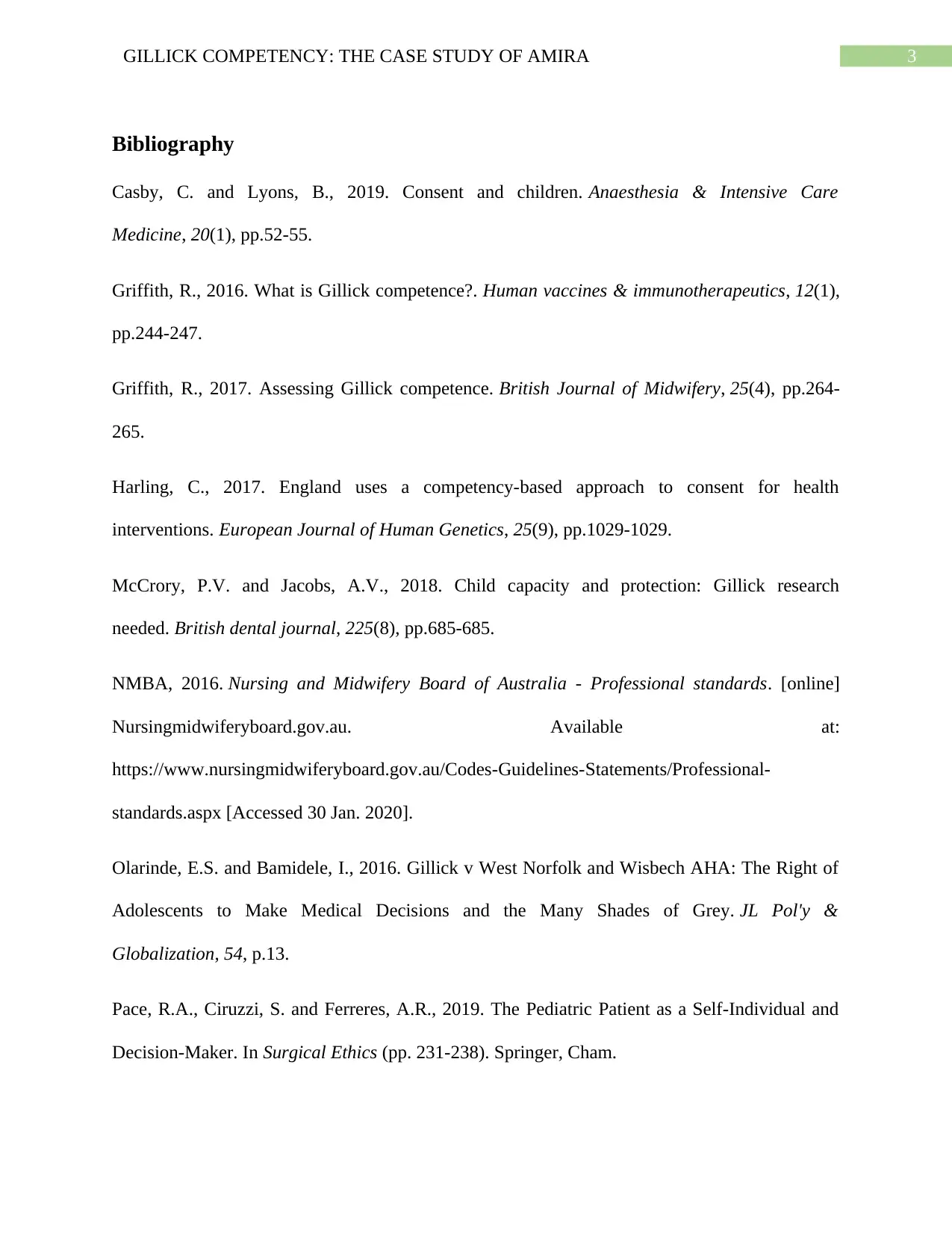
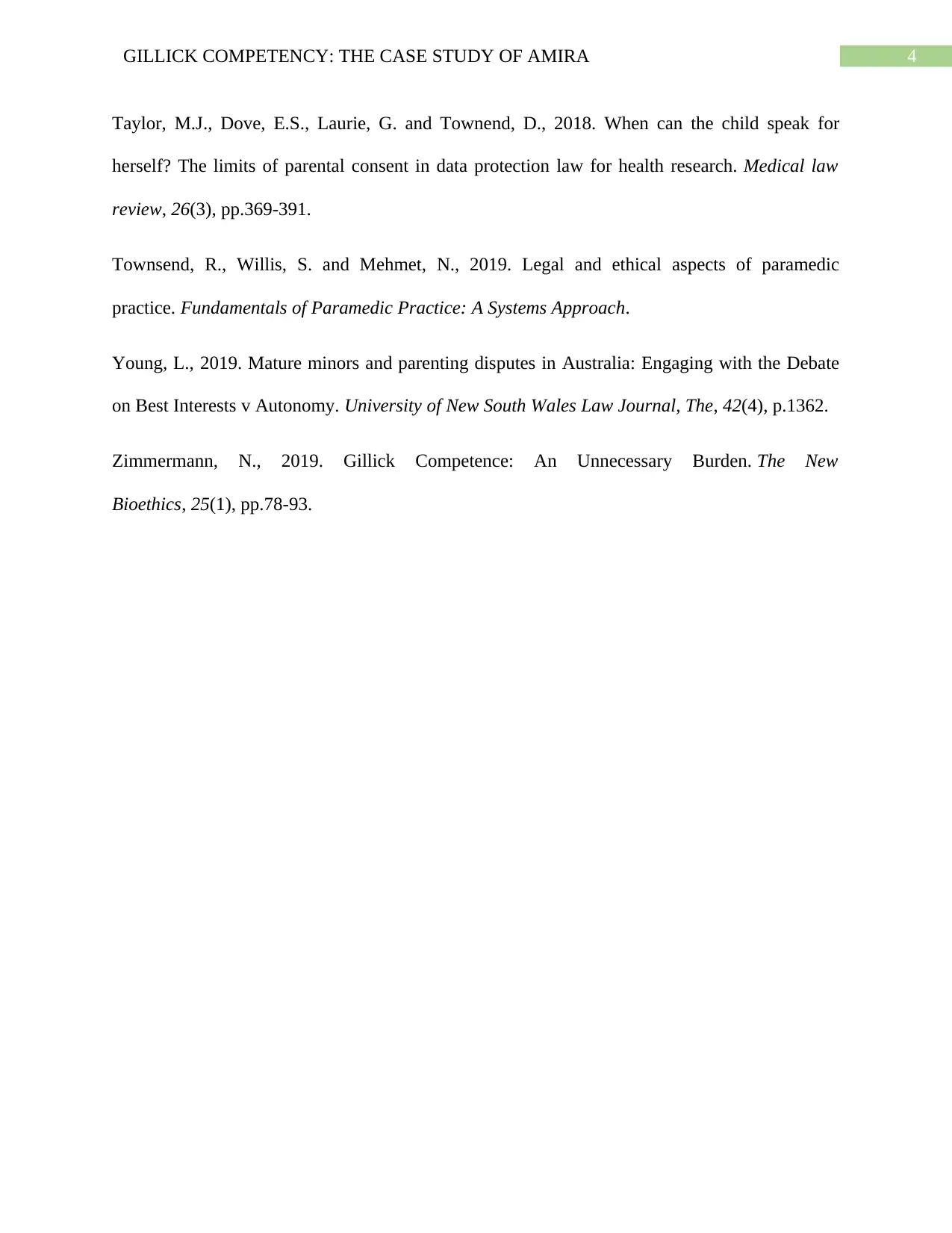






![[object Object]](/_next/static/media/star-bottom.7253800d.svg)